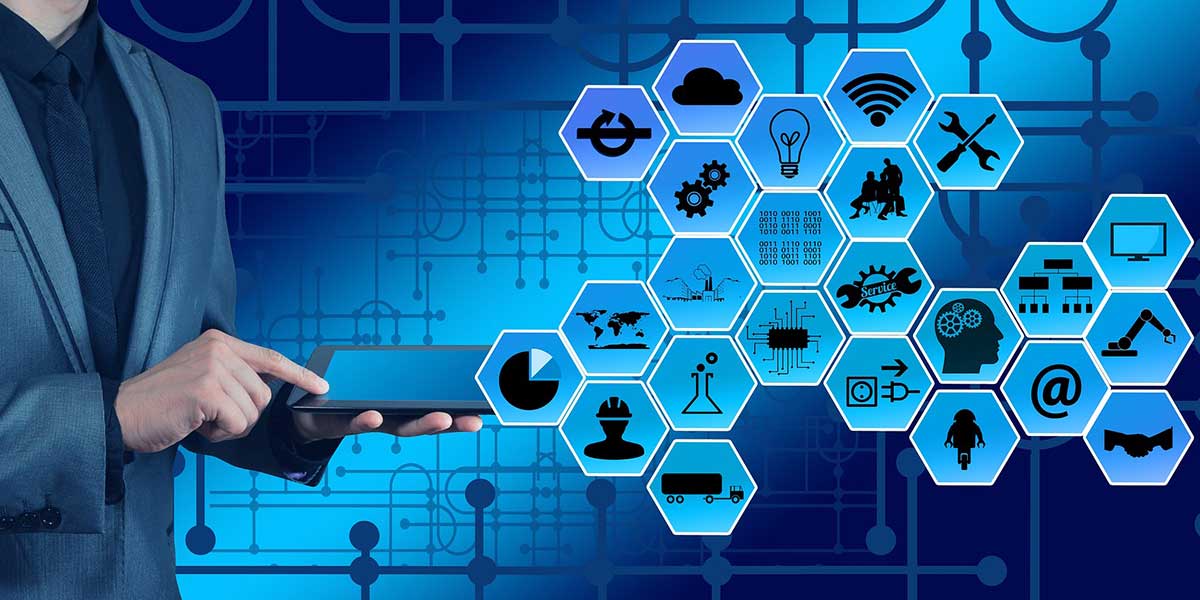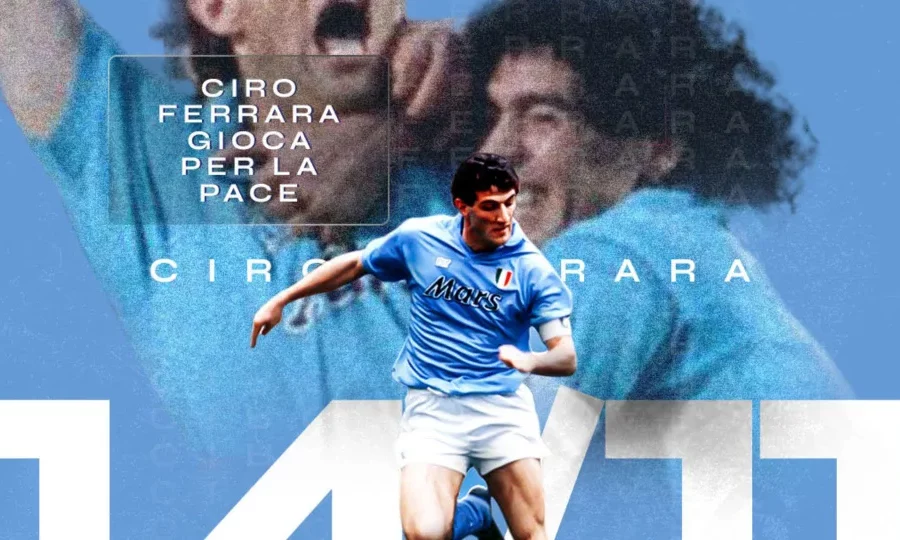Tokenization of real estate assets is a great opportunity, but few people know what it is, its benefits and the risks involved.
Ignacio Alonso, Coo of Moneyfi Technologies LTD, developer of Datium IntelliHealth, considers that "it is a tool that allows access to a greater number of small investors, who otherwise would not have access, resulting in greater liquidity for projects and energizing the sector".
He indicated that regardless of whether it is paintings, digital media platforms, real estate, company shares or collectibles, everything can be tokenized.
“Simply put, it is the process by which an issuer creates digital tokens on a blockchain network, representing digital or physical assets. Blockchain ensures that once someone buys tokens representing an asset, no authority can erase or change their ownership; the ownership of that asset remains completely immutable.”
He explained that it is important to mention that there are two main categories of token types, fungible and non-fungible.
A fungible asset has two main characteristics:
- Exchangeable: each unit of the tokenized asset has the same market value and validity.
- Divisible: A fungible cryptocurrency can be divided into as many decimals as were configured during its issuance. Each unit will have the same value and validity.
On the other hand, the non-fungible token (NFT) is:
- Non-interchangeable: they cannot be replaced with tokens of the same type because each token represents a unique value.
- Non-divisible: NFTs are usually not divisible, although F-NFTs offer fractional ownership of NFTs, as in the case of expensive artwork or commercial real estate.
- Unique: each token is distinct from another token of the same type and has unique information and attributes.



